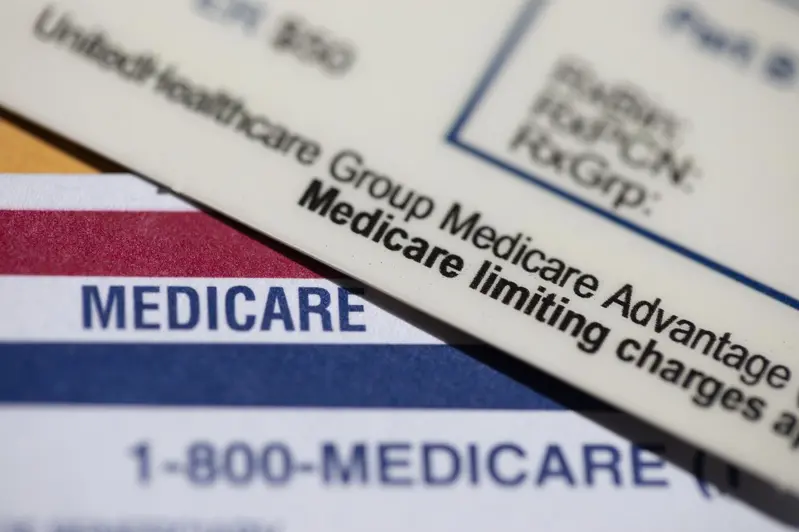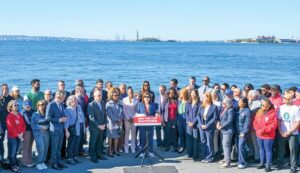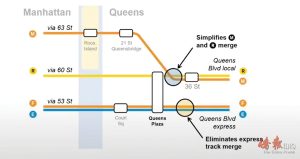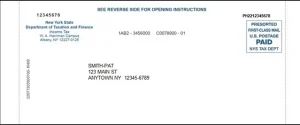Medicare drug plan premiums could rise sharply next year as Trump cuts Part D subsidies
Premiums for Medicare drug plans, commonly known as Medicare, are expected to rise sharply next year due to rising costs, regulatory changes, and cuts to the subsidy program.
![]()

Premiums for Medicare drug plans, commonly known as Medicare, are expected to rise sharply next year due to rising costs, regulatory changes, and cuts to the subsidy program.
The Wall Street Journal reported that the subsidy program, initiated by the Biden administration and criticized by Republicans, provides additional federal subsidies to private insurers offering Part D. This year, it has already injected an additional $6.2 billion, largely preventing premium increases for seniors. According to the consulting firm Avalere Health, without the additional federal subsidies, the average monthly premium for a basic Part D plan this year would have been between $42 and $46.50, about 18% higher than the current average of $36.
However, officials revealed that the Trump administration plans to cut spending on the subsidy program by about 40% by 2026. Chris Klomp, director of Medicare at the Centers for Medicare and Medicaid Services (CMS), noted that the Trump administration believes that maintaining the fully subsidized program will only benefit a few insurers and cost “huge and excessive taxpayer funds.” CMS officials said they are negotiating with insurers for bids on Part D plans next year to try to mitigate the impact of rising premiums; some subsidies will remain, but premiums are still expected to rise.
Officials did not release the expected average premium cost, but said the remaining subsidies will save Medicare Part D enrollees an average of $13.50 per month.
Insurers have long cited rising patient drug costs as a business challenge and have been offering higher bids for Part D plans to reflect rising costs. However, insurers face higher costs and greater risk due to the redesign of Part D plans mandated by the 2022 Inflation Reduction Act. The redesign, which reduces out-of-pocket drug costs for some enrollees and includes other changes, requires insurers to cover more of the costs and will largely take effect this year.
To stabilize Part D premiums, federal subsidies provide insurers with $15 per month per Part D plan. Furthermore, the subsidy caps overall average annual premium increases to $35 through 2025, limiting the risk of losses for insurers.
Medicare and Medicaid officials said that by 2026, the streamlined subsidy plan will only provide 10 yuan per month, the annual increase limit will be increased to 50 yuan, and the limit on insurance companies’ risk of losses will be removed.
![]()







